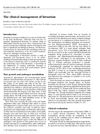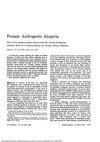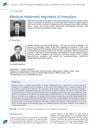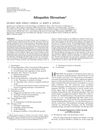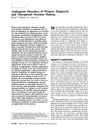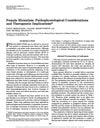In Vivo and In Vitro Exposure to Free Fatty Acids Induce Increased Androgen Production in Animal Models: A Potential Pathogenic Factor of Polycystic Ovary Syndrome
September 2008
in “
Fertility and Sterility
”
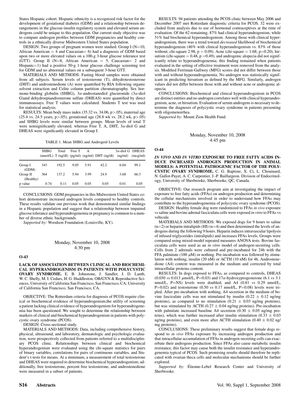
TLDR Free fatty acids may increase androgen production, potentially contributing to polycystic ovary syndrome.
The document reports on two separate studies related to androgen levels in different conditions. The first study compared androgen profiles between pregnant women with gestational diabetes mellitus (GDM) (Group I, N=10) and healthy pregnant controls (Group II, N=8) in a Midwestern United States population. The results showed that women with GDM had significantly elevated levels of free testosterone, androstenedione, dihydrotestosterone, 3a-diol G, and dehydroepiandrosterone sulfate compared to healthy controls, suggesting that impaired glucose tolerance and hyperandrogenemia in pregnancy are common across diverse ethnic backgrounds.
The second study examined the relationship between clinical and biochemical hyperandrogenism in 62 patients with polycystic ovary syndrome (PCOS), finding that 87% had clinical hyperandrogenism while only 51% had biochemical hyperandrogenism. The study concluded that biochemical and clinical hyperandrogenism are distinct entities in PCOS, and no androgen correlates well with clinical hyperandrogenism, acne, or hirsutism.
Lastly, an animal model study suggested that exposure to free fatty acids (FFAs) in female dogs (N=6) led to increased androgen production, which could contribute to the hyperandrogenemia typical of PCOS. This effect was also observed in vitro in bovine adrenal fasciculata cells exposed to FFAs. These findings indicate that FFAs may play a role in both insulin resistance and hyperandrogenemia in PCOS.
